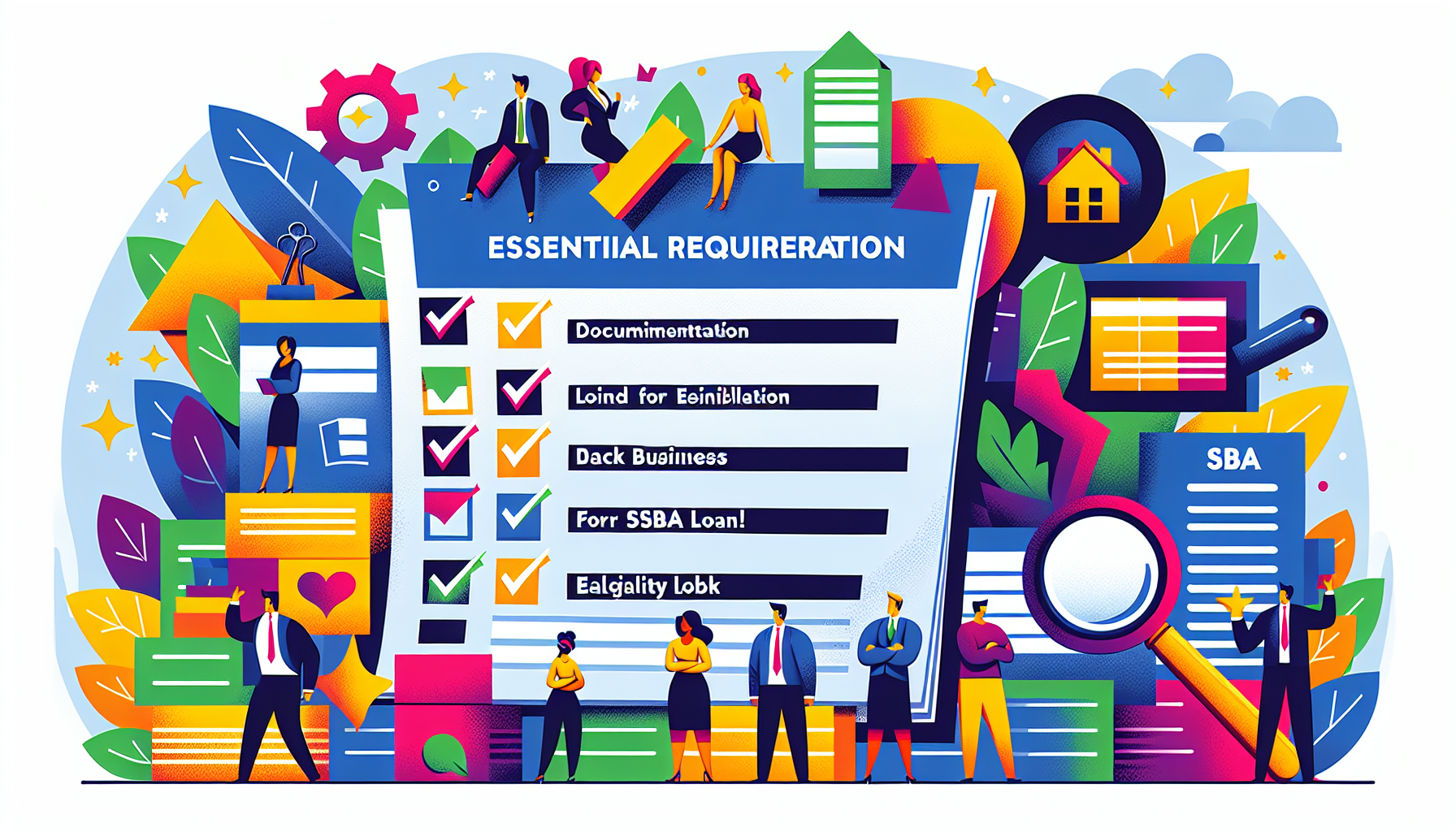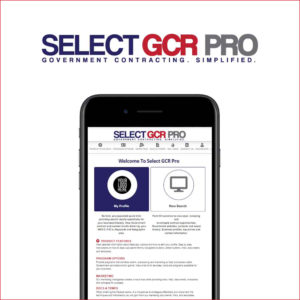The SBA definition of a small business concern is simple: it’s an independent entity with fewer than 500 employees and limited revenue. This definition determines eligibility for SBA loans, government contracts, and other crucial benefits. In this article, you’ll learn the detailed criteria and advantages of meeting this standard.
Key Takeaways
-
The SBA defines a small business as an independently owned for-profit entity with 500 or fewer employees, with specific size standards based on employee count and annual receipts varied by industry.
-
The SBA utilizes NAICS codes to assign industry-specific size standards and reviews these standards every five years to ensure accuracy and relevance to current market conditions.
-
Achieving SBA small business status provides significant benefits, including access to specialized loan programs, eligibility for government contracts, and potential tax incentives that support growth and stability.
Understanding SBA’s Small Business Criteria

First, let’s explore the fundamental criteria the SBA uses to define a small business. These criteria are crucial for accessing SBA loan programs and qualifying for other benefits.
Here’s what makes a business ‘small’ according to the SBA.
What is the SBA’s definition of a small business?
According to the SBA, a small business is an independently owned and for-profit enterprise. It must have 500 or fewer employees. This definition underscores the importance of autonomy and control, which means that the business is not a subsidiary or division of a larger entity. This independence allows small business owners to make decisions that directly impact their operations and growth.
The SBA sets specific size standards based on metrics such as employee count and annual receipts. These standards are crucial for determining eligibility for various SBA assistance programs. Understanding these standards is the first step towards unlocking the myriad benefits that come with SBA support. Additionally, the Historically Underutilized Business Zones (HUBZone) program provides enhanced government contract opportunities for small businesses located in designated urban and rural areas.
Key size standards: Employees and receipts
The SBA establishes size standards based on the average annual receipts and the average number of employees. For instance, a commercial bakery might need to have up to 1,000 employees to qualify, while a retail bakery must have 500 or fewer employees. These standards ensure that the definition of a small business is relevant to the specific industry and its economic realities.
These size standards vary significantly by industry, with some using financial assets or refining capacity as additional measures. Recognizing these nuances helps small business owners better assess their eligibility and meet the SBA’s requirements.
Industry-specific size standards
Different industries have unique economic environments, and the SBA’s size standards reflect these differences. For example, in the dance industry, a business with annual receipts of up to $18 million can still be considered a small entity. This flexibility allows for a more accurate representation of what constitutes a small business within various sectors.
The SBA establishes these industry-specific size standards to ensure that the criteria accurately reflect the economic landscape of each industry. By doing so, the SBA helps to level the playing field, allowing small businesses in diverse sectors to compete effectively and thrive.
How SBA Size Standards Are Determined

For small business owners, knowing how the SBA determines size standards is crucial. These standards are based on factors like average firm size and industry competition.
This section will explore the role of NAICS codes and the review process that ensures these standards remain relevant and accurate.
Role of NAICS codes
The North American Industry Classification System (NAICS) is a vital tool used by the SBA to assign industry-specific size standards. NAICS codes categorize businesses based on the type of products or services they offer, which helps in determining the appropriate size standards. This classification is crucial as it influences whether average annual receipts or the number of employees is used as the primary measure in major industries.
NAICS codes reflect the specific economic characteristics of each industry, showcasing their importance in establishing accurate size standards. By utilizing these codes, the SBA ensures that the criteria for small business status are both relevant and fair across different sectors.
Review and revision of size standards
The SBA reviews its size standards every five years to ensure they align with current market conditions and industry structures. This periodic review process is essential for maintaining the relevance and accuracy of the standards.
Public comments and recommendations play a significant role in this review process. Considering market conditions and public feedback, the SBA makes informed revisions that reflect the ever-changing business landscape.
Benefits of SBA Small Business Status

Achieving SBA small business status opens up a world of opportunities. From access to specialized loan programs to eligibility for government contracts and tax incentives, the benefits are substantial.
Let’s explore these advantages and see how they can make a significant contribution to propelling small businesses towards success.
Access to SBA loan programs
SBA loan programs provide vital funding options for small businesses, covering expenses such as working capital and fixed asset purchases. The 504 loan program requires a down payment from the borrower, typically constituting 10% to 20% of the total financing needed for purchasing fixed assets or constructing facilities. These loans can be a lifeline for businesses that meet the SBA’s definition of a small business, offering financial support that might otherwise be inaccessible. For example, a standard SBA 7(a) loan can go up to $5 million, while 504 loans can reach $5.5 million with a structured funding arrangement.
The SBA supports lending by partnering with financial institutions, reducing the risk involved in lending to small businesses. This collaboration ensures small businesses can access the necessary financing to grow and thrive.
Eligibility for government contracts
Small businesses that achieve SBA status can gain access to federal contracts set aside specifically for them. This access enhances their competitive edge, providing opportunities that might not be available otherwise. Being eligible for these contracts can significantly boost a small business’s revenue and market presence.
The federal government offers numerous opportunities for small businesses, allowing them to qualify for grants and contracts that can drive growth and stability in government contracting. This eligibility opens doors to a steady stream of work and income, fostering long-term success.
Tax incentives and credits
Small businesses may also qualify for tax benefits that support employee health care and encourage local job creation. These incentives not only reduce the financial burden on small businesses but also promote community development and economic growth.
Specific Requirements for SBA Loans

To qualify for SBA loans, small businesses must meet specific criteria related to income sources, credit history, and operational location.
Here are the requirements, offering a clear roadmap for securing SBA funding.
Approved industries and legal forms
Various legal structures and other legal form are eligible for SBA loans, including sole proprietorships, partnerships, and corporations. These structures must meet certain eligibility criteria to qualify for funding. Understanding these requirements helps businesses position themselves better for approval.
The SBA loan programs cater to a wide range of industries, ensuring that businesses from major sectors can access the financial support they need. This inclusivity helps foster a diverse and robust small business ecosystem.
Financial criteria and documentation
The SBA assesses loan applicants based on their net worth and net income, evaluating the financial health of the business. Proper documentation is crucial for this evaluation, and requirements can vary based on the loan amount and the lender’s processes.
Meeting the financial criteria and providing the necessary documentation is essential for securing SBA loans. This diligence ensures that businesses are financially stable and capable of repaying the loan.
Navigating the SBA Website for Resources

The SBA website offers a wealth of resources for small business owners, from educational materials to tools for determining eligibility through the small business administration.
Here is a guide to the key features of the SBA website.
Finding your NAICS code
Identifying your NAICS code is essential for classifying your business’s industry. The SBA website offers a dedicated NAICS code search tool that is user-friendly and accessible. Additionally, the U.S. Census Bureau’s website provides a comprehensive classification system for industries, making it easy for business owners to find their codes.
Accurately identifying your NAICS code ensures your business is classified correctly, a crucial step for determining SBA program eligibility.
Using the size standards tool
The SBA’s size standards tool is designed to help businesses determine whether they meet the size criteria for small business classification. By inputting relevant information such as your NAICS code and financial data, you can assess your eligibility accurately.
This tool is invaluable for navigating the complex size requirements set by the SBA. It provides a clear and straightforward way to determine if your business qualifies for the benefits associated with SBA small business status.
Summary
Understanding the SBA’s definition of a small business and the associated size standards is crucial for unlocking a wealth of opportunities. From specialized loan programs to government contracts and tax incentives, the benefits of qualifying as a small business under SBA are substantial.
By leveraging the resources and tools available on the SBA website, small business owners can ensure they meet the necessary criteria and take full advantage of the support provided. Armed with this knowledge, you are now better equipped to navigate the world of small business with confidence and clarity.
Frequently Asked Questions
What is the SBA’s definition of a small business?
The SBA defines a small business as an independently owned, for-profit enterprise with 500 or fewer employees. This criterion underscores the significance of small businesses in the economy.
How are SBA size standards determined?
SBA size standards are determined by using NAICS codes to establish industry-specific criteria, which are reviewed every five years to remain relevant to current market conditions.
What are the benefits of achieving SBA small business status?
Achieving SBA small business status offers significant advantages such as access to SBA loan programs, eligibility for government contracts, and potential tax incentives. These benefits can greatly enhance your business’s growth opportunities and financial stability.
What are the financial criteria for SBA loans?
The financial criteria for SBA loans include an assessment of the applicant’s net worth and net income, supported by proper documentation. Meeting these criteria is essential for loan approval.
How can I find my NAICS code?
To find your NAICS code, utilize the SBA’s dedicated search tool or visit the U.S. Census Bureau’s website for assistance. This will help ensure you accurately identify the code relevant to your business.





